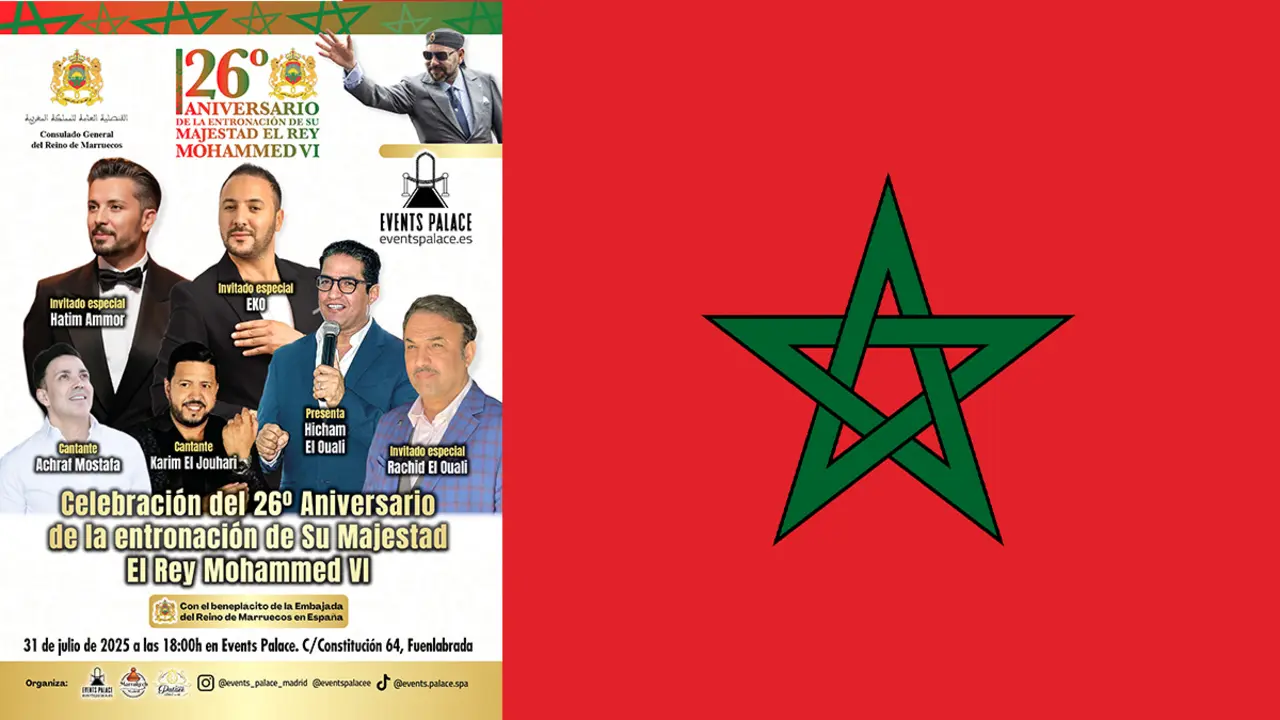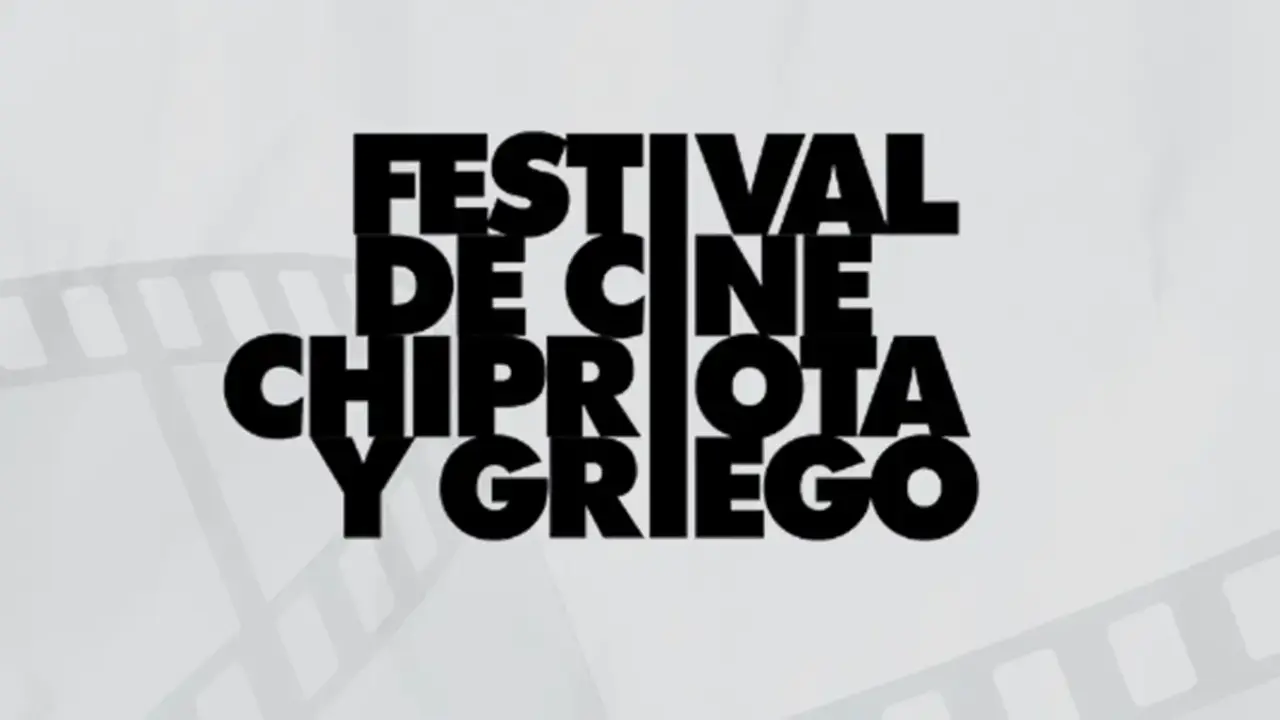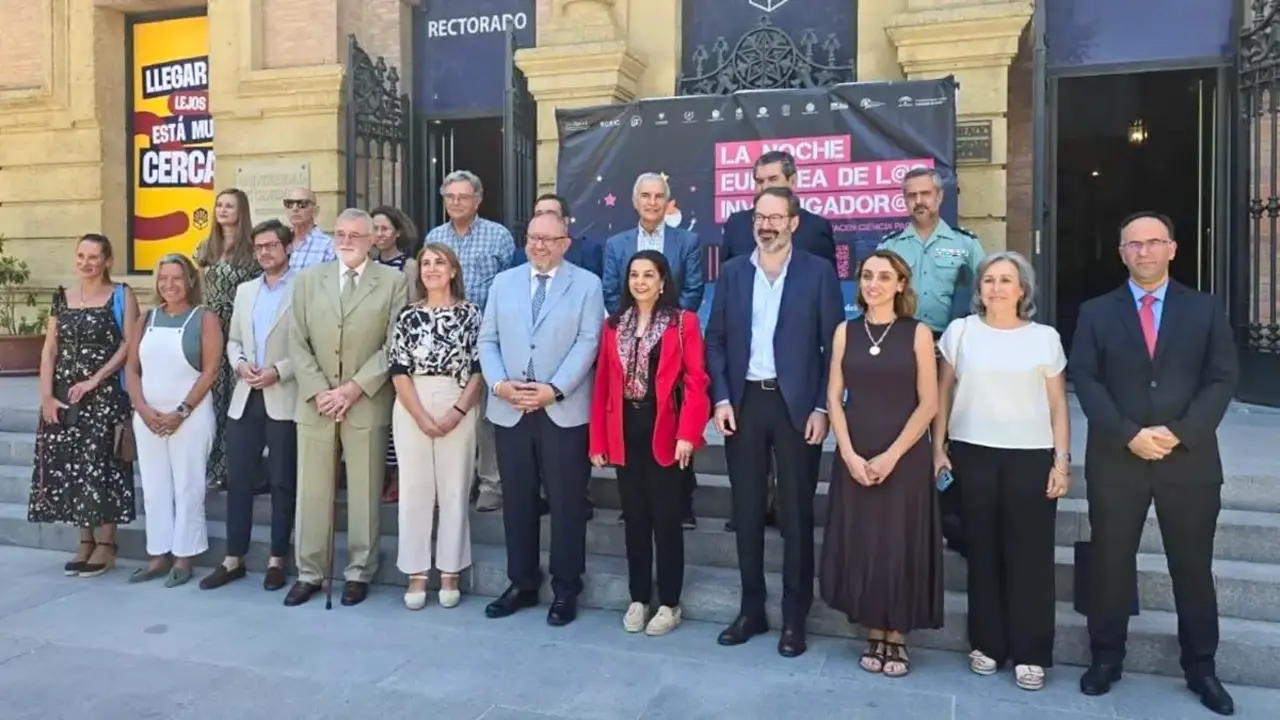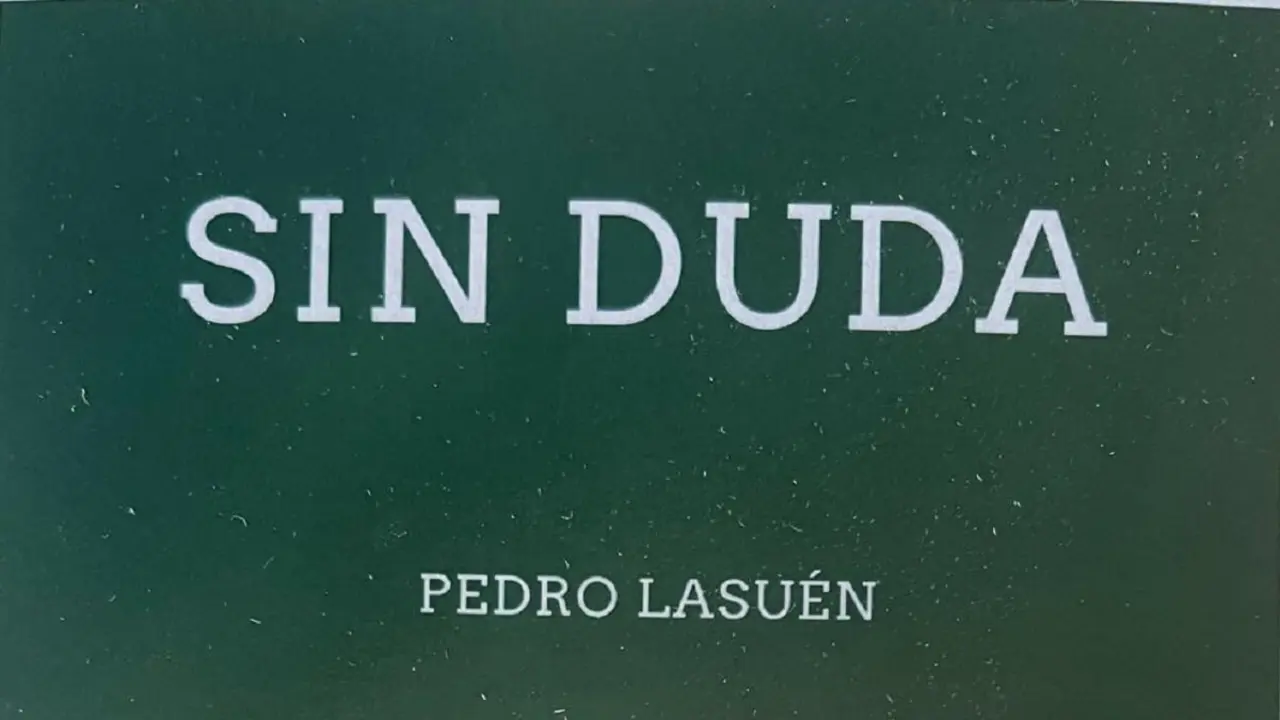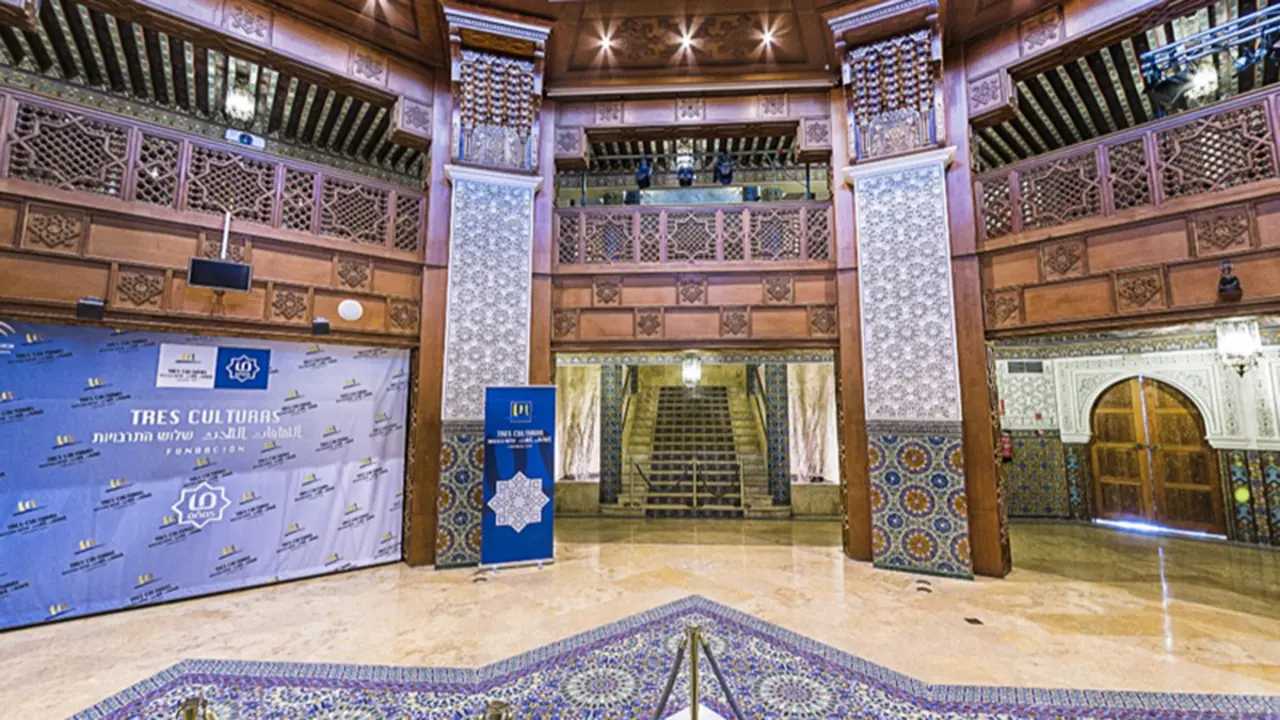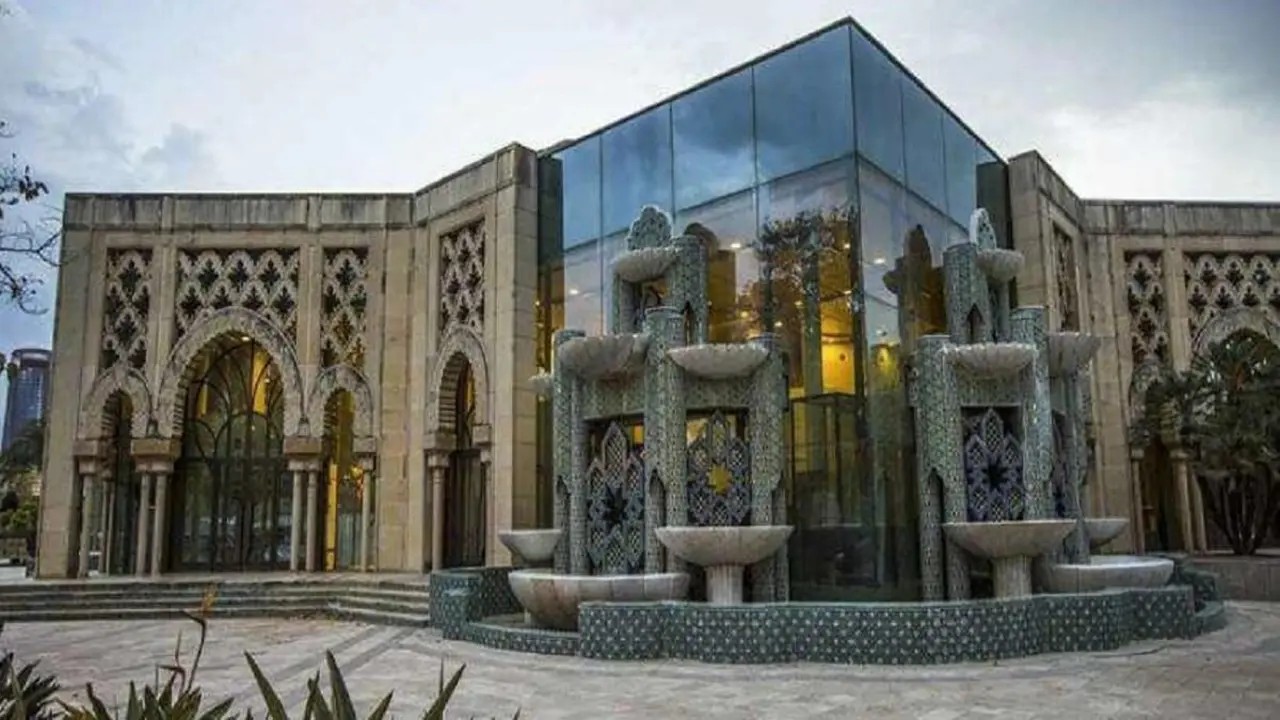A triple exhibition at CaixaForum València: nature, espionage and female strength
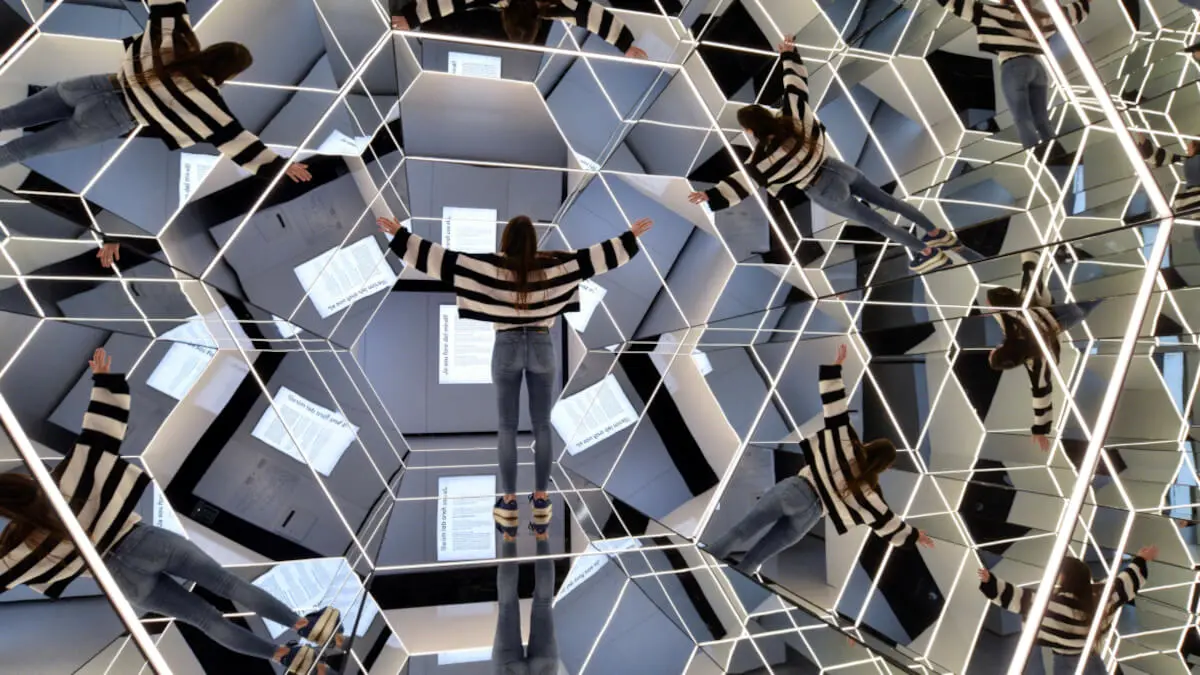
- CaixaForum València will host six proposals during the 2024-2025 season
- A programme of activities designed for everyone
CaixaForum València is hosting numerous exhibitions this season 2024-2025 dedicated to female power in art and beliefs, to the dialogue between art and nature, and to the play of mirrors that has been constructed between cinema and espionage, as well as an exhibition that vindicates the importance of a century of domestic cinema.
The director of the Exhibitions, Collection and CaixaForum+ Area of the ‘la Caixa’ Foundation, Isabel Salgado, and the director of CaixaForum València, Álvaro Borrás, presented this Tuesday the new 2024-2025 exhibition season, under the slogan ‘Let's grow in culture’.
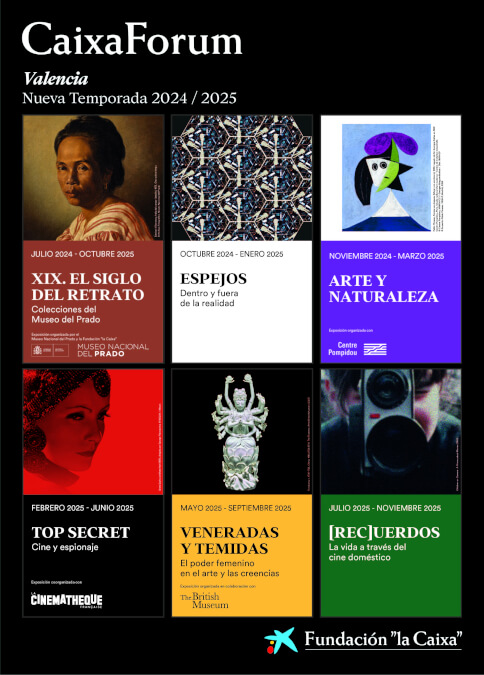
The ‘la Caixa’ Foundation has designed a multidisciplinary and innovative programme for its centres in the CaixaForum network, the result of experience, rigour and hard work, with exhibitions produced in-house and others in collaboration with leading cultural institutions, both nationally and internationally. This unique model represented by the CaixaForum network reflects the ‘la Caixa’ Foundation's firm commitment to the dissemination of knowledge, culture and science as drivers of social transformation.
The 2024-2025 programme of CaixaForum València offers a wide range of proposals that include art, history and scientific dissemination.
CaixaForum València will host six proposals during the 2024-2025 season
The public of CaixaForum València will be able to enjoy the following exhibitions and proposals throughout the season:
-
XIX. The century of portraiture. Collections of the Prado Museum. From the Enlightenment to Modernity (until 20 October)
CaixaForum València will kick off the new season on 3 October with the exhibition Mirrors. Inside and outside reality, in which visitors will be surprised to discover the properties of mirrors, the physics and mathematics behind them, and how they have been used to build all kinds of instruments - including telescopes - with the aim of exploring the universe and understanding the origins of the planet. The exhibition is an imaginative way of showing that reality can be observed from different points of view. In this exhibition, mirrors are the museographic object through which, in an interactive way, the important role they play in different areas of science, culture and life is made clear.
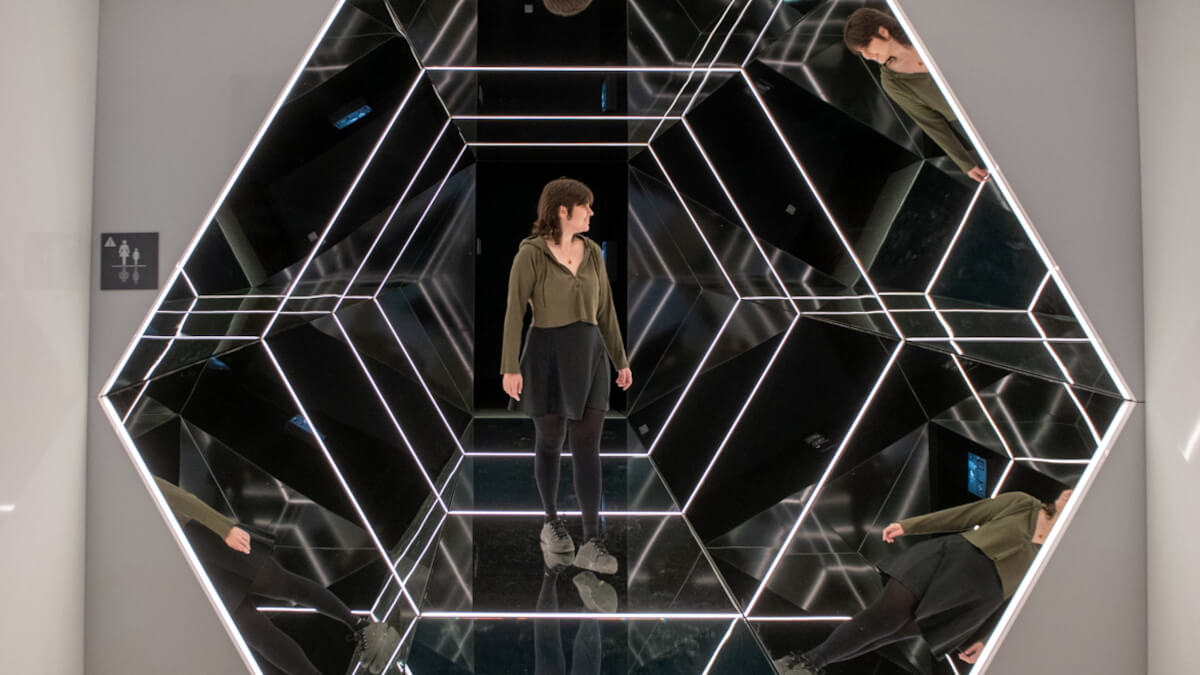
On 27 November it will be the turn of the exhibition Art and Nature. A century of biomorphism, produced in collaboration with the Centre Pompidou. The exhibition proposes a journey through the art of the 20th century and the beginning of the 21st century through a fruitful dialogue between different creative languages around art and nature. It also reflects the concern for current environmental challenges. The exhibition offers a new approach to great artists of modernity, such as Picasso, Kandinsky, Le Corbusier, Raoul Hausmann, Jean Arp, Georgia O'Keeffe and Alvar Aalto, in dialogue with artists of recent decades who have contributed new, committed points of view, such as Jeremy Deller and Neri Oxman. It will be open until 30 March 2025.
Another of the highlights of the season will arrive on 19 February with the exhibition Top secret. Cinema and espionage, a collaboration with the Cinémathèque Française that can be seen until 8 June 2025. The exhibition, which plays a game of mirrors between film directors and filmmakers and spies, both as recorders and ‘counterfeiters’ of the world, offers a complete overview of this fascinating universe through original posters, photographs, film fragments and objects. With a wide range of different types of objects, it shows the evolution of the espionage genre in cinema, constantly linking it to a double game between myth and reality. The protagonists will be great spies, both fictional and real, from Mata Hari and Carrie Mathison to James Bond and Edward Snowden, with a special focus on women spies, considered the great forgotten ones.
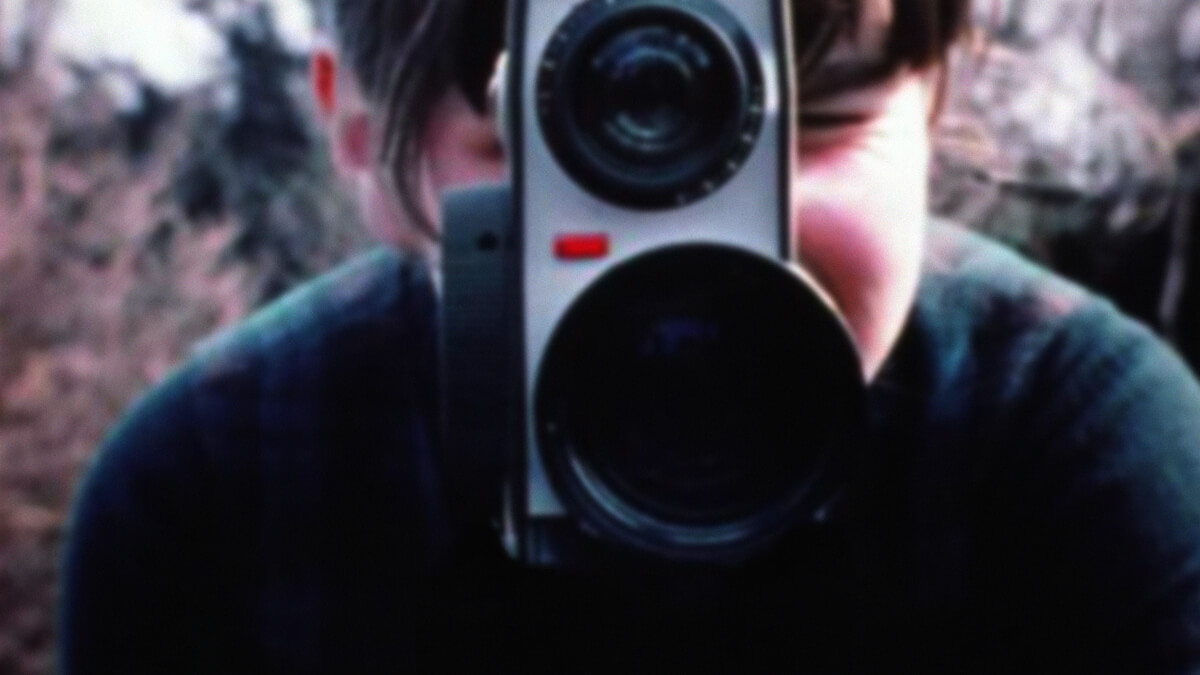
In collaboration with the British Museum, the exhibition Revered and Feared. Female power in art and belief will be installed at CaixaForum València from 7 May to 7 September 2025. The exhibition reviews 5,000 years of spiritual beliefs about women and femininity through ancestral and contemporary pieces. Goddesses, saints, demons, witches, rebels and mothers: feminine power takes on very different aspects in different beliefs around the world. The exhibition traces the spiritual influence of women throughout history and across six continents of the globe, in a new collaboration with the British Museum.
The exhibition explores the role that goddesses, demons, witches and other spiritual beings play in gender identity and different perceptions of the feminine around the world. The exhibition shows representations of female power and objects of worship, points to ritual moments of different beliefs, and discusses their influence on people's lives in cultures from the past to the present day.
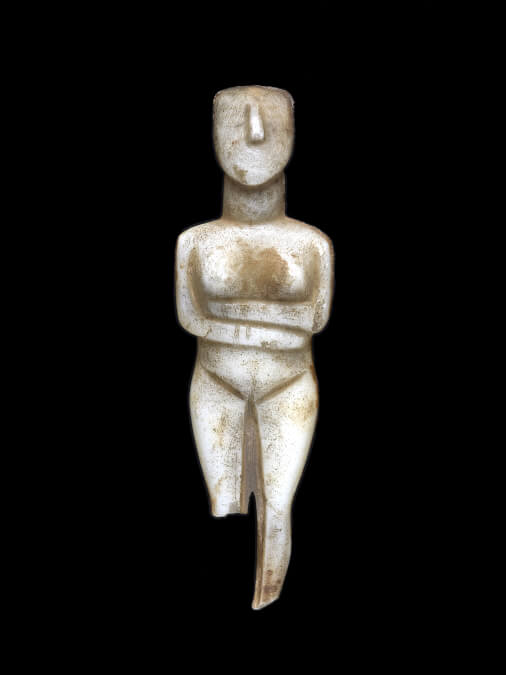
Finally, on 16 July 2025, the exhibition [REC]UERDOS. Life through home cinema. For over a century, home cinema has been collecting fragments of everyday life and has become a bank of images that capture our collective memory. This exhibition, which can be visited until 9 November 2025, vindicates more than a century of home cinema as an audiovisual heritage of incalculable anthropological, sociological and historical value.
![<p>Wassily Kandinsky, Bleu de ciel [Cielo azul], 1940. Centre Pompidou, Paris Musée national d’art moderne – Centre de Création Industrielle. © Centre Pompidou, MNAM-CCI/Bertrand Prévost/Dist. RMN-GP © Wassily Kandinsky, VEGAP, Barcelona, 2023</p>](/media/atalayar/images/2024/09/11/2024091112244977330.jpg)
It also analyses the reasons why we film ourselves and the evolution of technology, from the film camera to the mobile phone. This exhibition recovers unpublished, and sometimes counter-hegemonic, film footage and accounts of past and contemporary times and customs. By constructing an alternative chronicle of this century, through the gazes of anonymous families in whom everyone can recognise themselves, the tour will allow us to delve into the relationships between image, reality and memory, and to review our relationship with the camera.
Until 20 October this year, the public at the centre can continue to visit the exhibition XIX. The century of portraiture. Collections from the Prado Museum. From the Enlightenment to Modernity, dedicated to the rise of portraiture in the 19th century in all its artistic manifestations. This is the first time that the public will be able to enjoy many of the works of the Museo Nacional del Prado in the city, as a total of 159 pieces will be on display, with examples by Goya, Madrazo, Rosales, Fortuny, Pinazo, Sorolla and Benlliure, among many others.
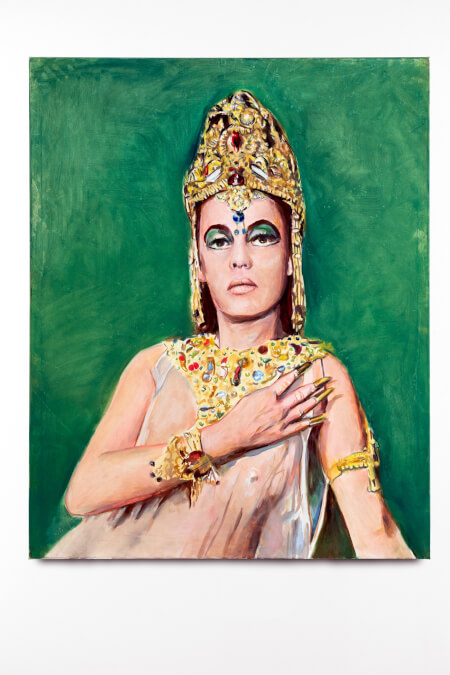
A programme of activities designed for everyone
The programme of activities invites people to participate in meeting and exchange spaces that encourage critical thinking, learning, interaction and social cohesion.
The Foundation aims to connect with the interests of broad and heterogeneous audiences through a plural content in terms of approaches, disciplines and formats, working with leading local, national and international professionals and institutions.
These are some of the concepts that make up the programme of activities, as well as some outstanding projects for the coming season:
- Experimentation. We propose significant learning environments in the field of visual and performing arts, literature, science, design and technology, among others, with professionals from the educational, cultural and scientific sectors.
- Innovation and creativity. The programme of activities supports and showcases national creative talent through different proposals that combine art, science and technology in programmes and activities.
- Dissemination. Conferences, dialogues and live talks will be organised on history and thought, art and design, film and literature, music, basic science, science and society, the environment, food and health, with leading researchers and thinkers, both national and international.
- Participation. We promote projects that invite experimentation, active learning and co-creation.
- New approaches to exhibitions. A series of proposals amplify the visit to the exhibitions with thematic tours, artistic interventions, spaces for experimentation, dynamic visits and family visits.
- Music. Music is approached in the broadest possible way, telling its history, bringing it closer to children, encouraging participatory projects and offering complete concerts, from classical music to electronic music, including jazz and world music.


